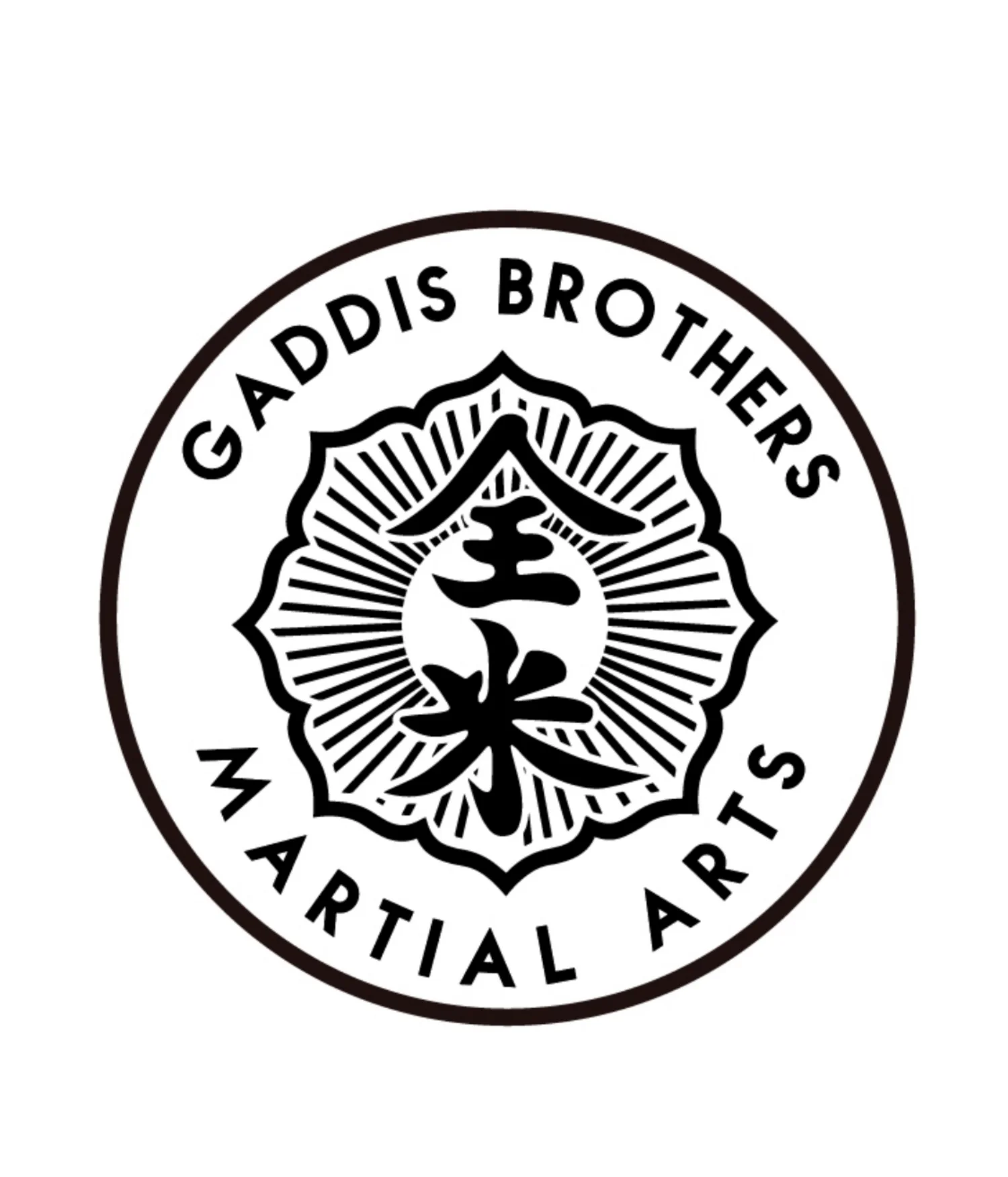Teaching by the Curriculum - The Sensei's Secret Weapons
/Hello Classical Martial Arts family! Hello to the casual reader too!
The topic of today's blog post is:
Teaching by the Curriculum - The Sensei's Secret Weapons
According to Dr. Mary Alvior "a curriculum is considered the "heart" of any learning institution...". While the the type of curriculum will vary from one dojo to the next, many professional schools including Classical Martial Arts use rotational curriculums and weekly curriculums.
As a sensei (teacher) a chief goal is to produce quality martial artists. By doing so successfully many hundreds of times, you pass on your art and ensure its benefits will reach the next generation. Here in lies the problem that every martial arts school will encounter and every sensei will have to solve...how do you motivate and inspire your students to stick around for the years it takes to reach black belt? The answer is certainly complex, but once you develop and implement a curriculum the answer becomes much clearer! It is a tool that can be the difference maker in helping students achieve the goal of black belt.
In the martial arts, you can divide different subjects usually into the following categories: formalities, basics, forms, sparring/partner exercises, self defense. Furthermore those categories can be sub divided for effective teaching and learning. For example, when you have different levels of students, beginner through advanced, you can take a category like basics and cater it to each level. In one class your intermediate students might only practice the basics required of the beginner students, but with greater emphasis on the finer details and refining their personal techniques. The next time the curriculum calls for practicing basics those intermediate students maybe practicing or learning the basics required for the current level.
This is the strength of developing, implementing and maintaining a curriculum. It allows you to wield the first secret weapon of teaching by the curriculum: disguised repetition. Successful teachers are masters at getting their students to practice and repeat the required technique and forms so that they learn and gain the necessary skills.
By using a curriculum the teacher can ensure that all subjects of his respective martial art are covered adequately. On the flip side the teacher can also make certain that not any one subject receives too much class time, thus stealing time from other subjects. There are only so many hours in a day and the time a student spends in the dojo usually accounts for less than 2 of them. The sensei must be in control of the clock, being cognizant of the precious time we have with our students. The sensei uses the curriculum to shape that time for maximum effect! The curriculum should account for every minute of class time. The line up and start of the class, the warm up exercises, character building and philosophy segments should be planned out in the weekly curriculum. If the class starts with a plan, it will be much easier to arrive at the real meat and potatoes, the martial arts training, with the necessary amount of class time remaining.
This is the second secret weapon that teaching by the curriculum allows the successful sensei to wield: effective time management. True martial artists are artists of life, and in my opinion as a byproduct are very purpose driven individuals. Effectively managing time with students will result in more successful students.
So the sensei has their curriculum in place and has been successful in disguising repetition and managed class time effectively so that students progress and achieve their goals. Whats Next?
Quite possibly the most important job of a sensei and one of the greatest benefits and secret weapons of teaching by the curriculum: student body evaluation and sensei/teacher evaluation. Using a codified and organized curriculum should allow for even progress at each belt level in a dojo, generally speaking. If the dojo is running smoothly, it is the job of the sensei to evaluate students. Their skills and abilities must be compared to the standards and criteria required. If the sensei is pleased, then he knows his curriculum is serving its intended purpose and during personal reflection he will look for new ways to improve upon its current design. If the student body is lacking, then it is the duty of the sensei to ask hard questions about the effectiveness of his curriculum and how he is implementing it. He must reflect on his teaching style and priorities and adjust accordingly.
Positive evaluation or negative, the freedom and ease with which this can be done is because of the curriculum. Planned lessons, with specific goals allow for great success but also allow for quick adjustments and fixes. If the dojo and sensei use the curriculum properly, there is not limit to how many top notch martial artist will come from it! That is something every martial artist should be excited about and thankful for!
Thanks for reading! I hope all martial artists out there are planning out their training and I wish everyone continued success! Check back next week, part two will be Training by the Curriculum - The Martial Artist's Secret to Success
Always feel free to email me about any of the subjects contained in our blog posts! - sensei@classicaldojo.com
Kanpai!
John Gaddis, Sensei
Classical Martial Arts

